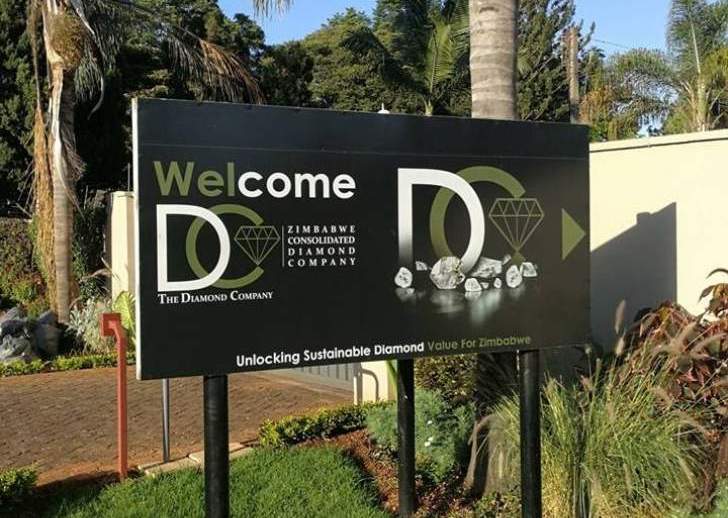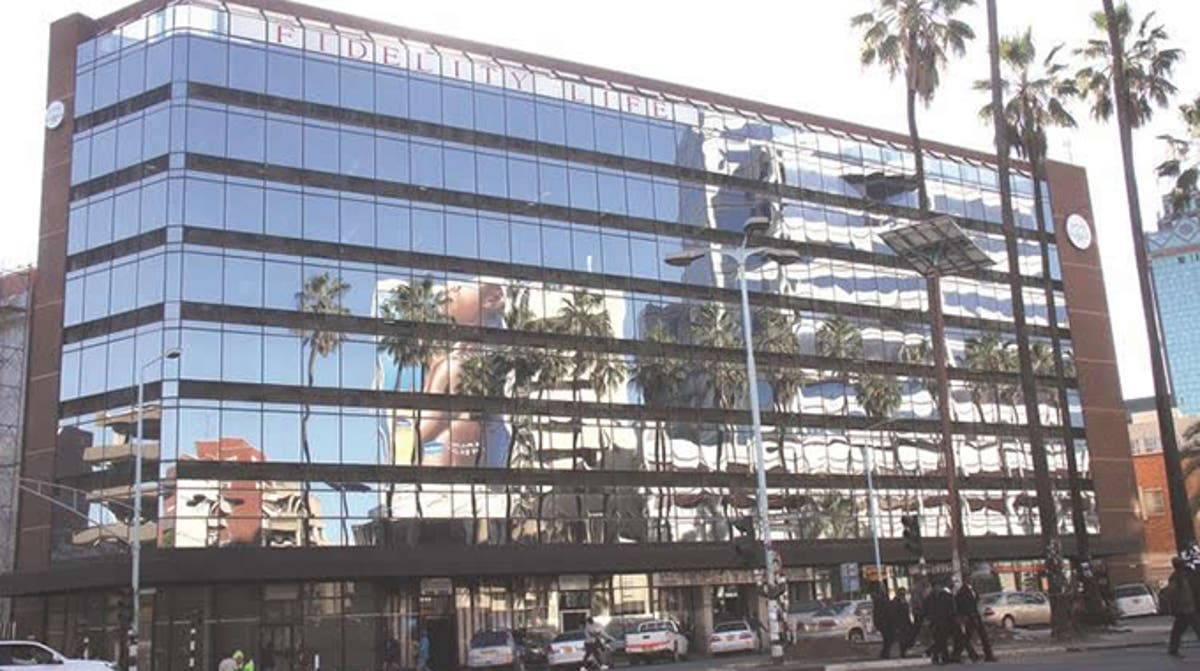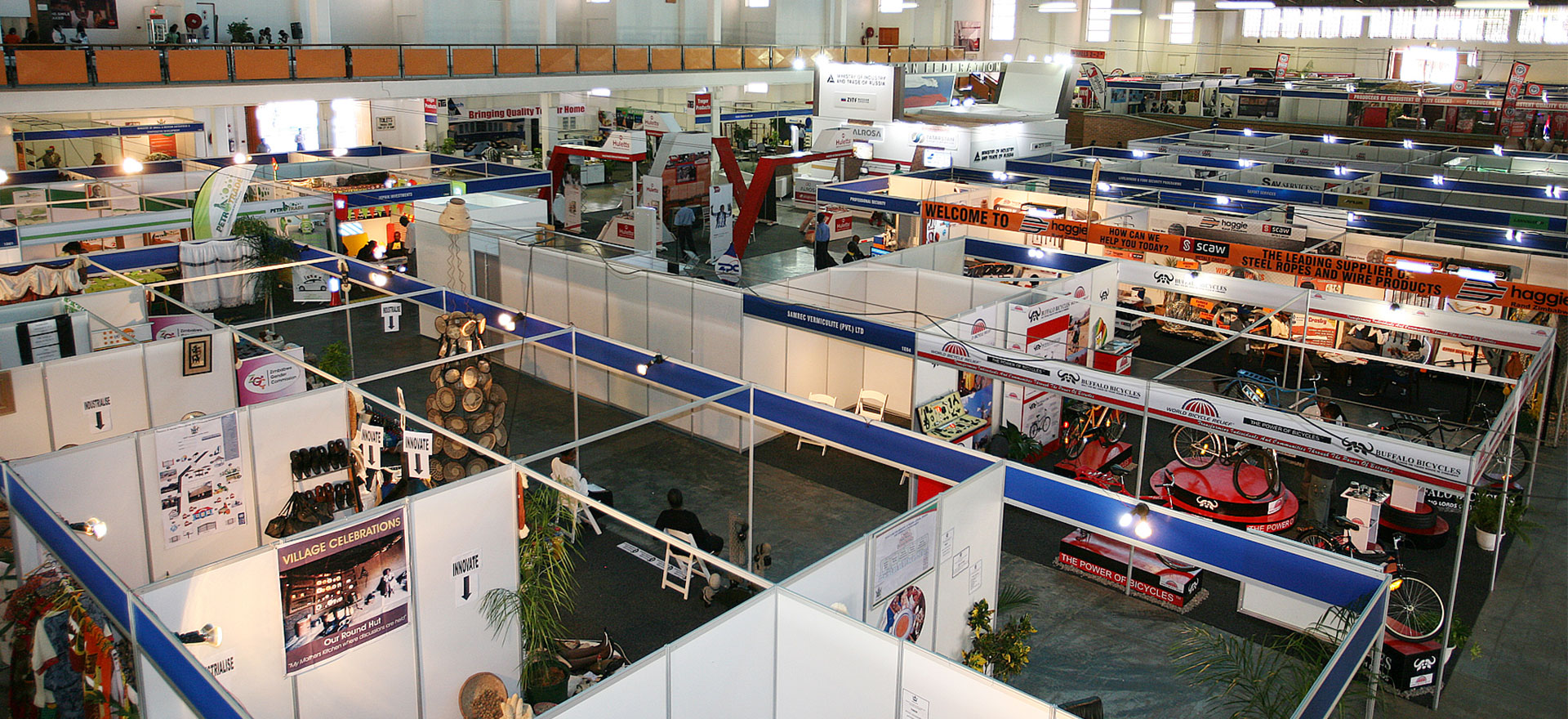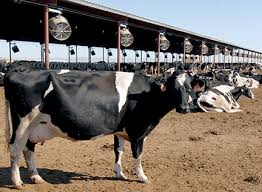‘Protect milk producers via tari rate quota’
Zimbabwe’s milk production growth has been averaging 4,97 percent in the last six years as dry weather and high
costs continue to stifle the dairy sector. Milk output in 2019 at 79,89 million litres remains the highest so far despite
missing estimates.
Transforming Zimbabwe’s Dairy Value Chain for the Future (TranZDVC), has proposed a tariff rate quota (TRQ) on milk powder imports as a way to protect domestic producers from imports.
TRQ allows a country to import a certain quantity of particular goods at a reduced duty rate. Once the tariff-rate quota is met, all subsequently imported goods are charged at a higher rate. Also TRQs are established under trade agreements between countries.
Zimbabwe’s milk production growth has been averaging 4,97 percent in the last six years as dry weather and high costs continue to stifle the dairy sector. Milk output in 2019 at 79,89 million litres remains the highest so far despite missing estimates.
In 2020, milk production was 76,7 million litres, against annual demand of 120 million litres.
The excess demand is being met through powdered milk imports mainly from neighbouring South Africa by processors under a duty-free quota system to approved importers.
“This has adverse effects on milk production and has been worsened by the cartelist producer pricing practices adopted by processors, leading to a vicious cycle of low milk prices, low profit margins, low milk production and high demand for imported milk powder against a background of high domestic production costs,” stated TranZDVC in the
latest European Union (EU) funded Zimbabwe Agricultural Growth Programme (ZAGP) newsletter.
“Regarding milk powder imports, TranZDVC recommends a TRQ, a two-tier policy which combines a tariff and a quota and is more flexible in the event of exhaustion of the quota while there is still a local supply gap.”
Tariff quotas are used on a wide range of products. Most are in the agriculture sector: cereals, meat, fruit and vegetables, and dairy products.
Currently, the producer prices are determined by negotiations between the Dairy Processors Association and the Dairy Farmers’ Association, being guided by the Dairy Act.
The cost-plus model, that is, producer input costs plus a profit margin, forms the base price paid by all processors.
An additional premium is paid for quality milk under a scheme by the Dairy Services.
TranZDVC noted that the gross margin per animal for small-scale dairy farmers of two lactating cows, is unprofitable. The average milk producer price is only 23 percent of the final consumer price of US$1,60 per litre.
It said such a scenario seems to imply that vertically integrated processors get a larger share of the profit margins compared to milk producers.
“Consequently, the performance and sustainability of the Zimbabwean dairy value chain (DVC) is compromised and growth is inhibited.
“As much as duty-free powders cover the shortage gap in raw milk supply and demand, there has not been a supply and demand matching aspect considering optimality to promote sectoral growth and since such a challenge has been noted there is no stable and sustained growth until such areas are managed at policy level.”
TranZDVC revealed that milk producer prices must be maintained or increased slightly by not more than 3 percent while the same, intensifying adoption of cost cutting measures by dairy farmers.
The regional average of the milk producer price as a proportion of the retail UltraHigh Temperature (UHT) milk price is 44 percent. In Zimbabwe, the milk producer price as a proportion of the retail UHT price stands at 35 percent.
TranZDVC recommends that the country matches the regional average without increasing the retail price of a litre of UHT milk.
Zimbabwe Association of Dairy Farmers Strategic Plan (2018 to 2022) aims to raise production levels to 130 million litres per annum by 2022. However, about US$75 million is required to fully revitalise the sector.-eBusiness Weekly










